A Glimpse into Hypermodal AI and its Potential in Indian Markets
Unveiling the Future: Hypermodal AI’s Transformative Role in the Indian Market Landscape
As the digital world undergoes a transition, observability becomes an increasingly important factor for companies around the world. The ability to infer the internal status of a system from its outputs, known as observability, is now crucial. And now, with the introduction of technologies like Hypermodal AI, as innovatively applied by Dynatrace’s Davis AI, the future of the observability business appears primed for significant leaps.
Photo by Wonderlane on Unsplash
The synergistic integration of predictive, causal, and generative AI in the form of hypermodal AI holds the possibility of revolutionary benefits. Businesses can benefit from predictive AI’s foresight because to the technology’s capacity to anticipate patterns based on historical data. Instead, causal AI investigates in-depth to ascertain the ‘why’ underlying anomalies, facilitating rapid problem-solving. As the name suggests, generative AI enables users to build information, such as queries or dashboards, using natural language, heralding a more approachable way of interacting with data.
Businesses stand to gain significantly in two key areas from the incorporation of these AI methods: productivity and accuracy. There is less room for error in business decisions, more rapid access to relevant insights, and increased automation all thanks to the advent of artificial intelligence. Businesses can have faith in the insights they gain thanks to the accuracy provided by a combination of many AI modalities, which in turn leads to more trustworthy and well-informed business plans.
Now we can see the possible ramifications even more clearly by focusing on the expanding Indian market. India’s rapid digitalization might be attributed to the country’s diverse startup and corporate landscape. Managing increasingly complex IT environments is a significant obstacle brought on by digital transformation. Hypermodal AI may provide a solution to this problem by providing enterprises with methods to streamline, automate, and improve their digital processes.
Additionally, India’s service-based IT industry might use Hypermodal AI to provide enhanced offerings to their global clients. IT organizations may manage their infrastructure more effectively, with fewer outages and higher quality service, if they have access to a tool that can intuitively predict, determine causes, and develop user-friendly interfaces.
However, a technology’s adaptability is its true litmus test. So, how would the typical Indian business or person incorporate Hypermodal AI into their existing observability practices? First, generative AI with natural language processing capabilities, such as Davis CoPilot, makes it possible for people without a technical background to engage with data. More people, from development teams to business strategists, will be able to gain insights from data without having to hire expensive data scientists.
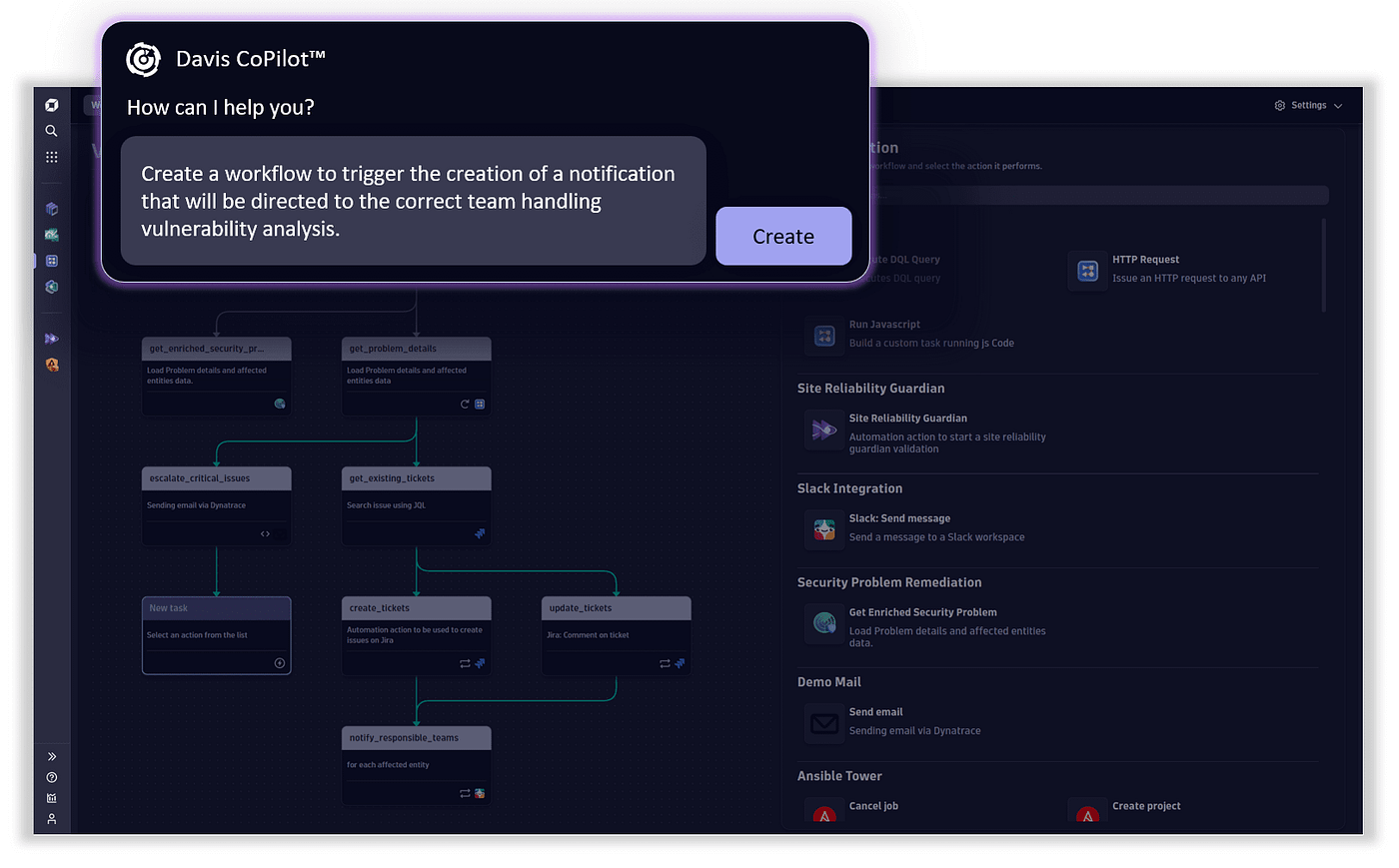
Auto coded workflows — Dynatrace Blog
Predictive Operations
Predictive operations, leveraging data-driven analytics, has become vital for Indian businesses. In a market known for its volatility and diversity, these tools anticipate consumer demand, enabling companies to optimize inventory and production. Infrastructure downtimes and resource shortages can be forecasted, allowing for preventive actions.
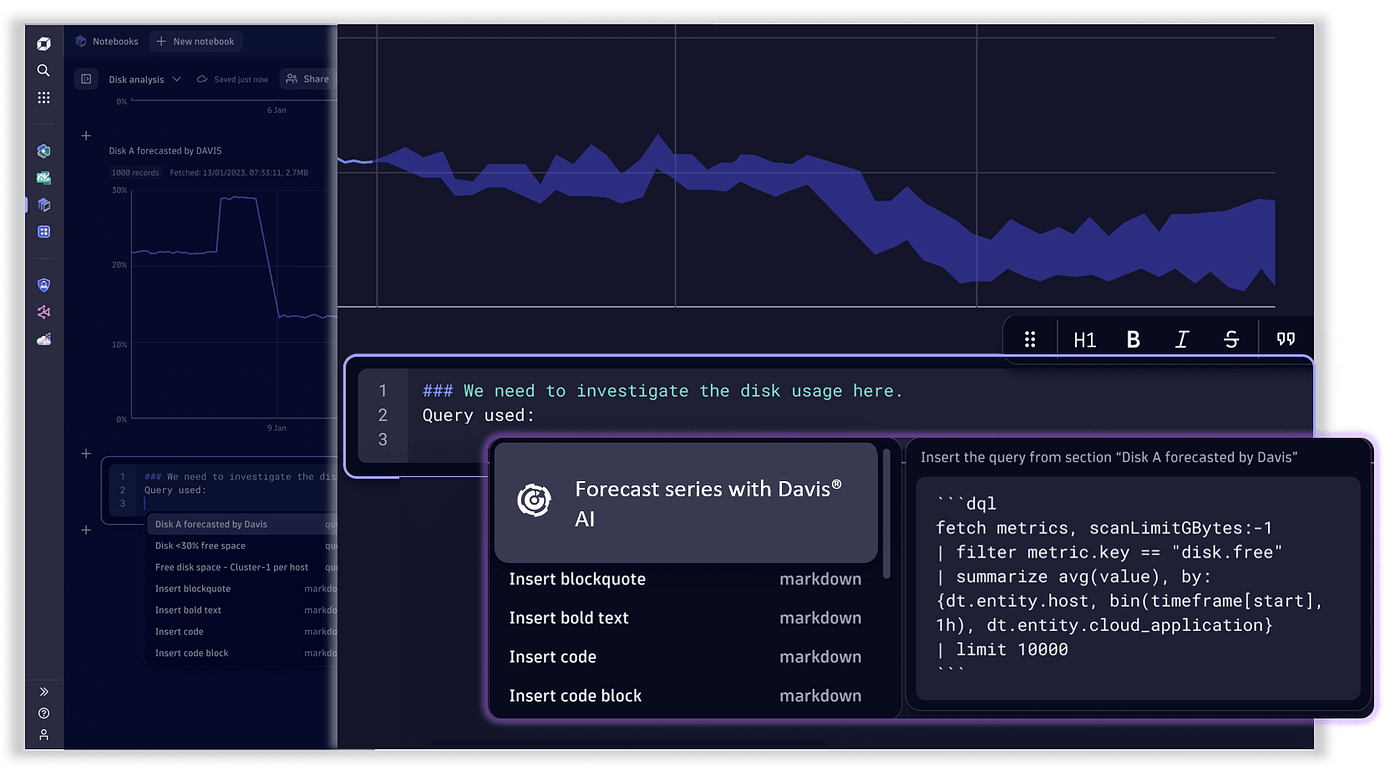
Predictive Operations — Dynatrace Blog
This is especially crucial in India’s complex supply chain, where predictive measures ensure timely delivery and optimal resource use. Furthermore, the dynamic regulatory landscape in India necessitates an agile response, made possible through predictive insights. From tailoring marketing strategies for the diverse Indian consumer base to anticipating staffing needs and mitigating risks, predictive operations offer an invaluable competitive edge. In essence, it equips Indian businesses to proactively address challenges, harness opportunities, and ensure sustainable growth in a rapidly evolving market.
Auto-generated Quality Checks
In the Indian market, automated quality checks are having a profound impact on industries including information technology, manufacturing, and e-commerce. Consistency in quality is essential because of India’s large consumer base and wide range of tastes. Automated inspections like these ensure uniformity and dependability across a wide range of products, services, and software.
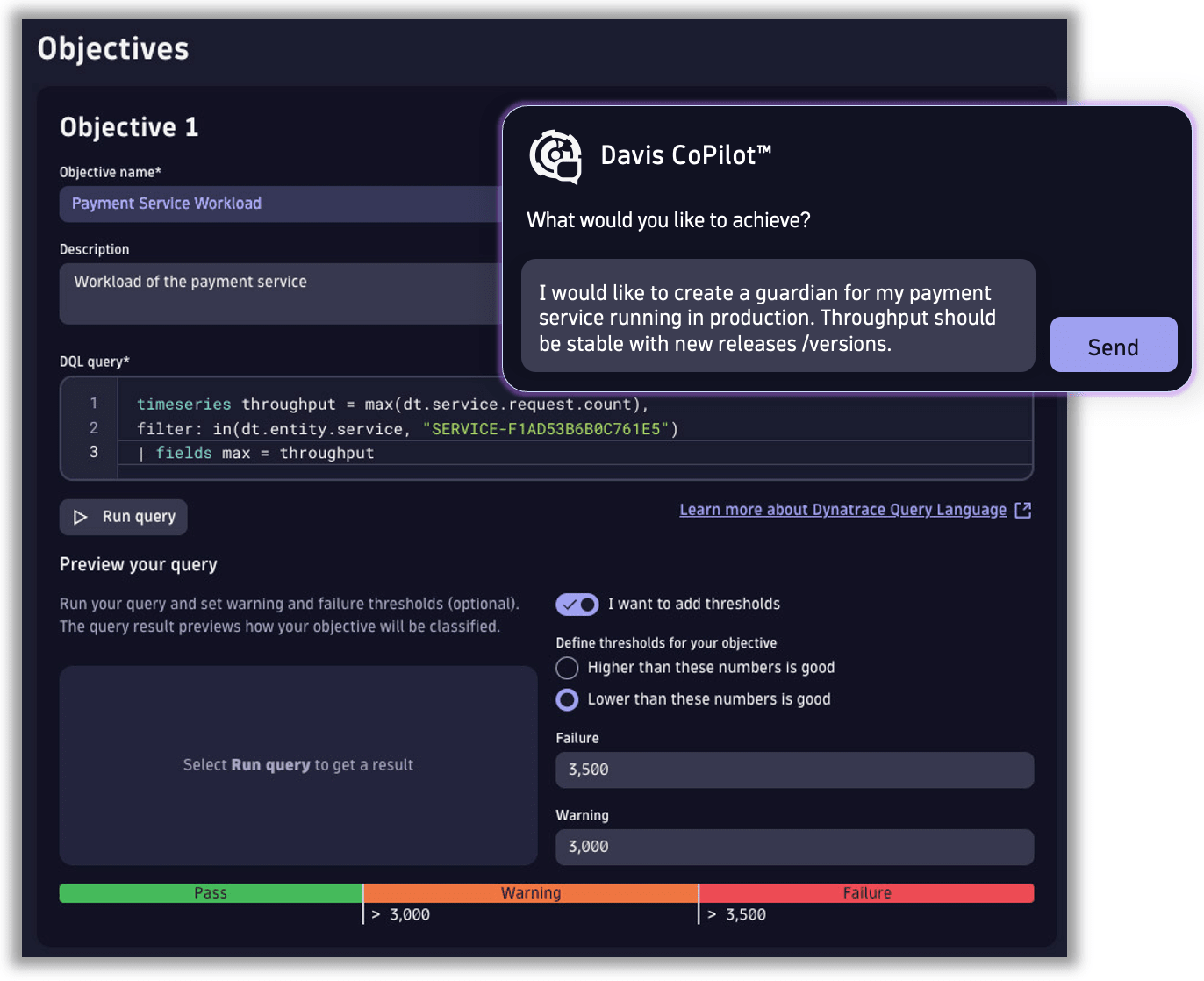
Auto-generated quality checks — Dynatrace Blog
To ensure that their code is of the highest quality before it is released to users, software developers in the booming tech cities of Bengaluru, Hyderabad, and Pune are integrating these technologies. The manufacturing sector is using these to ensure they continue to meet international quality standards, particularly in the automotive hubs of Chennai and Pune. As the number of people with access to the internet in India continues to rise, more and more online marketplaces are utilizing similar methods to ensure that only genuine, high-quality goods reach customers. In sum, automated quality checks are assisting Indian firms in gaining credibility, decreasing the number of product recalls and complaints, and improving their ability to serve customers at home and abroad.
AI-Powered Application Security
India’s escalating digital growth makes it imperative to have advanced security mechanisms. The AI-driven application security, as highlighted by Dynatrace’s Davis AI, offers a proactive defense system, vital for India’s expanding online landscape.
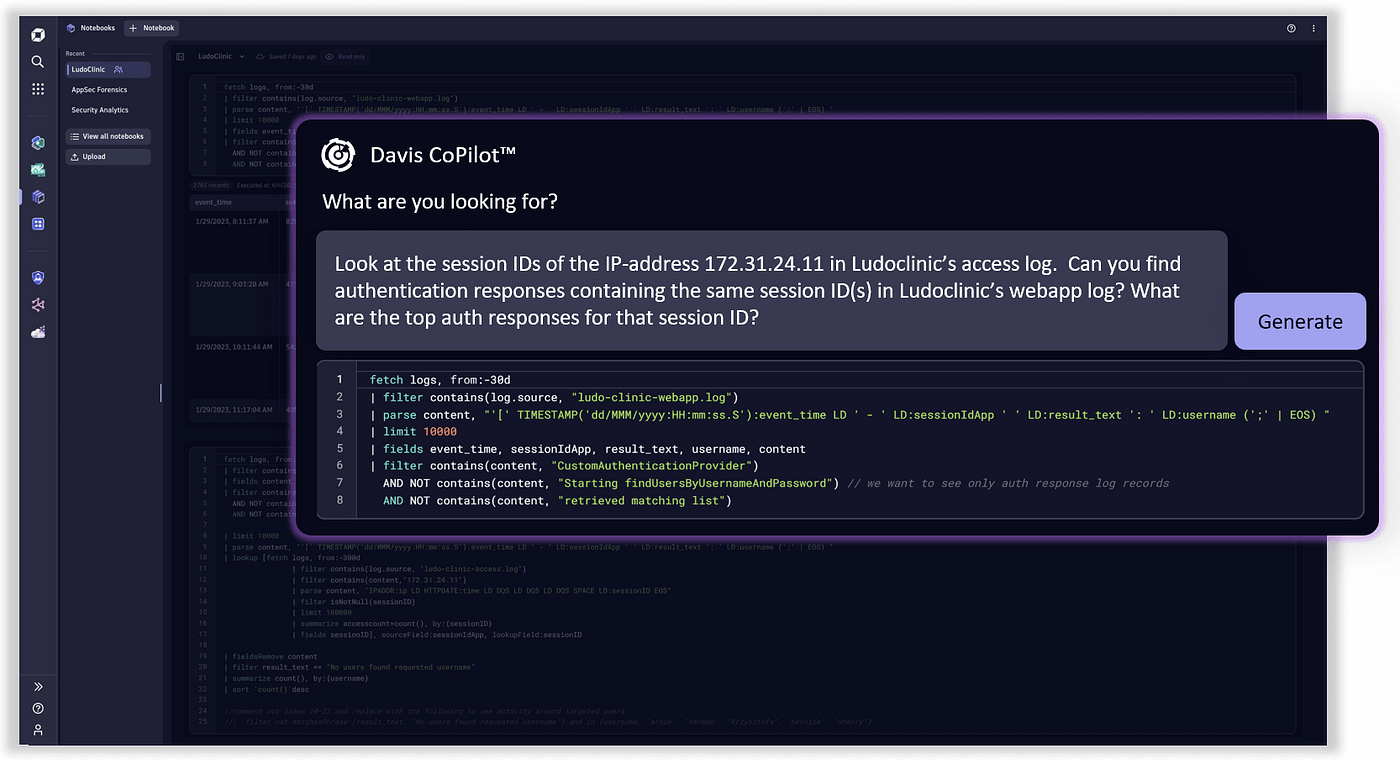
AI-Powered Application Security — Dynatrace Blog
Davis AI detects and blocks cyber threats, ensuring enhanced protection for a country witnessing a spike in online transactions and services. Moreover, Davis CoPilot’s ability to recommend remediation strategies and simplify security analysis is invaluable for Indian businesses transitioning online.
For Indian consumers, this means:
Enhanced Trust: AI-secured transactions bolster confidence in digital payments.
Tailored Protection: With AI learning from local digital behaviors, security solutions are uniquely suited for Indian challenges.
Swift Threat Response: AI’s adaptability ensures defenses evolve with threats, providing rapid remediation suggestions.
In short, as India’s digital footprint enlarges, AI-powered application security like Davis AI is not just an asset — it’s a necessity, ensuring safety in the nation’s digital journey.
Natural Language to Visual Analytics
In India, a country marked by its vast diversity and dynamic market landscape, Davis CoPilot’s capability to convert natural language into visual analytics emerges as a transformative tool. Indian businesses, whether a budding startup in Bengaluru or an established retailer in Jaipur, often grapple with comprehending intricate datasets. Davis CoPilot simplifies this by allowing anyone to extract vital insights using simple language queries, negating the need for deep technical know-how.
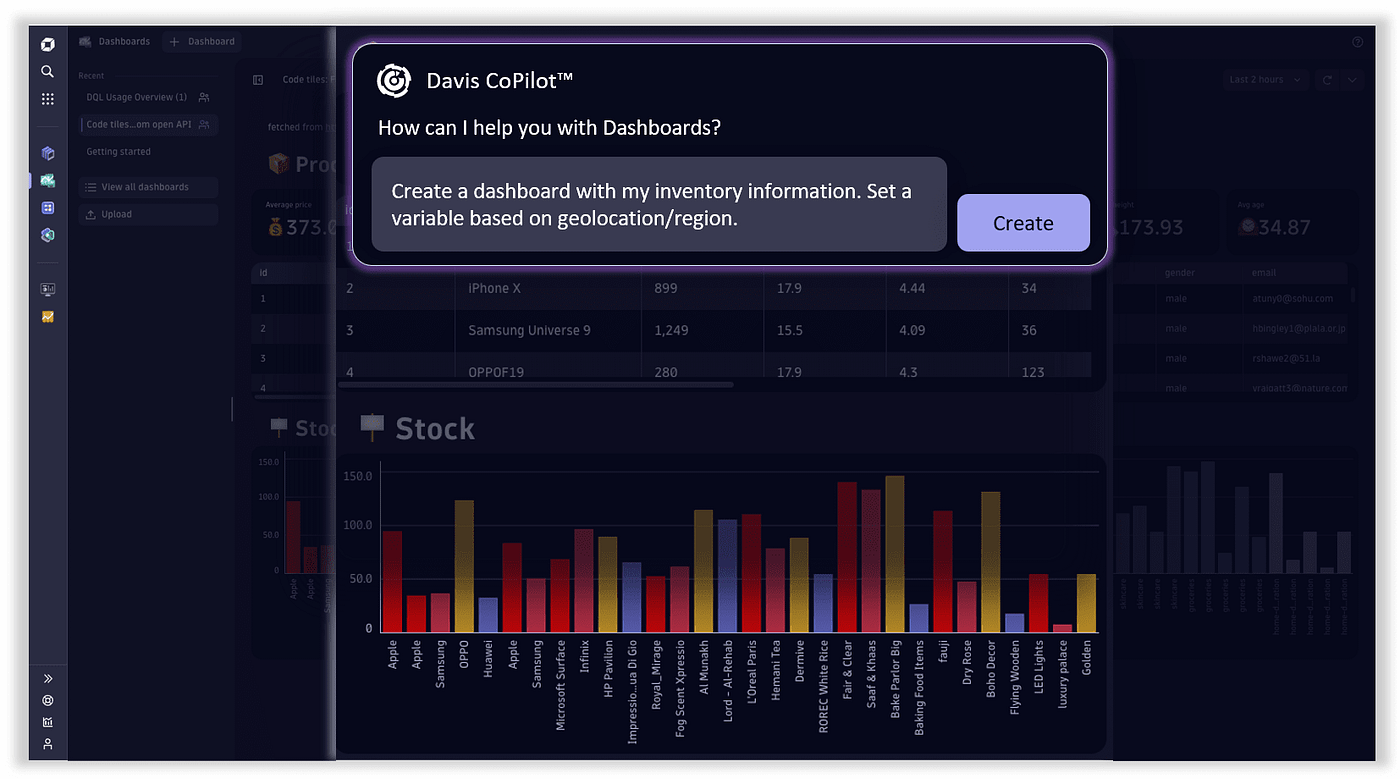
Natural Language to Visual Analytics — Dynatrace Blog
This accelerates decision-making processes, making them more efficient and timely. Moreover, with the ability to generate region-specific visual insights, strategies can be better tailored to India’s multifaceted consumer base. This not only boosts business adaptability and foresight but also enhances the end-consumer experience, ensuring products and services are more aligned with localized needs. In sum, Davis CoPilot’s prowess in translating natural language to visual insights democratically revolutionizes data interpretation, setting Indian businesses on a path to greater agility and success.
Final Touches
The ‘Digital India’ campaign and other such efforts have helped equip India’s young people with the technological literacy to effectively incorporate such cutting-edge tools into their processes. Workshops and training sessions can be organized by both schools and businesses to help with the transition.
Yet problems persist. India has to overcome infrastructure obstacles, the need for more broad AI education, and data protection concerns to fully integrate Hypermodal AI. However, with forward-thinking policies, public-private collaborations, and a focus on R&D, these challenges can be overcome.
Overall, Hypermodal AI is the driving force behind the impending transformation in the observability business. In developing economies like India’s, this revolution is about more than just streamlining corporate operations. It’s all about making sure the country has cutting-edge resources as it rapidly advances down its digital path. A future where data is not merely observed, but comprehended and acted upon, driving enterprises to new peaks of success, is promised by the combination of Hypermodal AI with daily observability activities.
